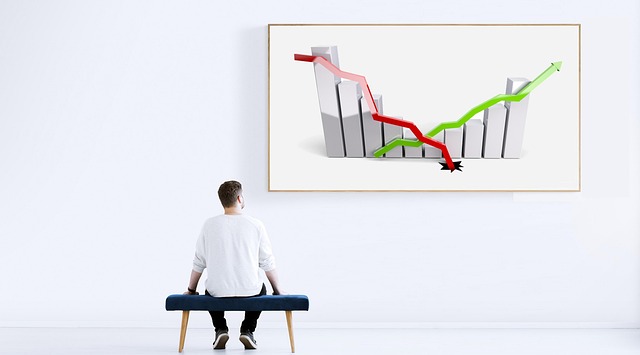Australia has embraced advanced risk controls for leverage trading, utilizing algorithms and automated systems to monitor market movements and set appropriate leverage levels. These tools empower investors to navigate complexities, minimize risks, and achieve stable growth in a dynamic financial landscape, transforming margin trading into a powerful and profitable strategy.
In Australia, leverage trading has sparked a margin revolution, transforming the way investors participate in financial markets. As trading becomes increasingly dynamic and complex, advanced risk controls are emerging as essential tools to safeguard investments and promote sustainable growth. This article explores how innovative risk management strategies mitigate risks associated with leveraged trading, enabling Australian traders to navigate market volatility with confidence. Discover key techniques that optimize margin trading while ensuring stability and long-term success.
- Leverage Trading: Australia's Margin Revolution
- Advanced Risk Controls: Enhancing Trading Safety
- Navigating Volatility: Strategies for Stable Growth
Leverage Trading: Australia's Margin Revolution
Australia has witnessed a remarkable evolution in margin trading, driven by innovative risk controls that enhance leverage trading opportunities. Leverage trading, a double-edged sword, allows investors to amplify gains but also exposes them to significant losses. However, with advanced risk management tools and stringent regulatory frameworks, Australian financial markets have embraced this dynamic strategy, fostering a more inclusive and profitable environment for traders.
These innovations include sophisticated algorithms that monitor market movements in real time, enabling quick adjustments to open positions. Automated risk assessment systems help traders set appropriate leverage levels tailored to their risk appetite and investment goals. Such advancements not only safeguard against excessive risk-taking but also empower investors to navigate the complexities of leveraged trading with greater confidence, contributing to Australia’s burgeoning financial landscape.
Advanced Risk Controls: Enhancing Trading Safety
In today’s dynamic financial markets, advanced risk controls are revolutionizing margin trading in Australia. These innovative tools go beyond traditional methods by offering sophisticated strategies to manage risks associated with leverage trading. By employing complex algorithms and real-time data analysis, traders can now anticipate potential hazards and make more informed decisions.
This enhanced safety net is particularly beneficial for investors engaging in leverage trading, where the potential rewards are higher but so are the risks. Advanced risk controls enable traders to set precise limits, monitor market movements, and automatically adjust positions, thus minimizing exposure to adverse price shifts. This proactive approach not only safeguards against significant losses but also fosters a more stable and profitable margin trading environment.
Navigating Volatility: Strategies for Stable Growth
Navigating market volatility is a key challenge for margin traders in Australia, but innovative risk controls offer powerful strategies for stable growth. By implementing dynamic hedging techniques and sophisticated algorithmic trading, investors can mitigate the impact of price fluctuations. Leverage trading, when combined with these advanced tools, enables traders to capitalize on opportunities while keeping potential losses under control.
Traders are adopting data-driven approaches, leveraging historical market trends and real-time analytics to make informed decisions. This proactive navigation of volatility ensures that margin trading remains a viable and profitable strategy in Australia’s dynamic financial landscape.
Australia’s margin trading landscape is evolving with innovative risk controls, enhancing safety and stability for both traders and regulators. By leveraging advanced technologies and strategies, such as sophisticated risk management tools and data-driven analyses, participants can navigate market volatility more effectively. This shift towards a more robust framework for leverage trading promises a future of improved profitability and reduced risks for all involved.
